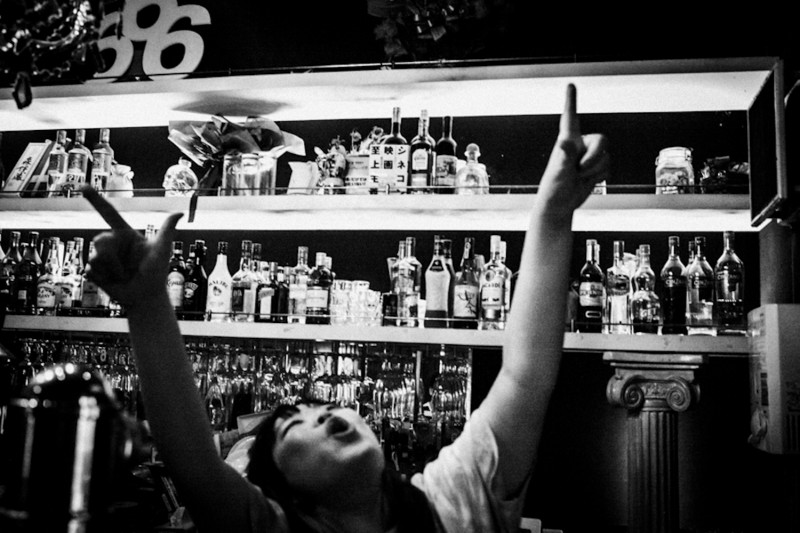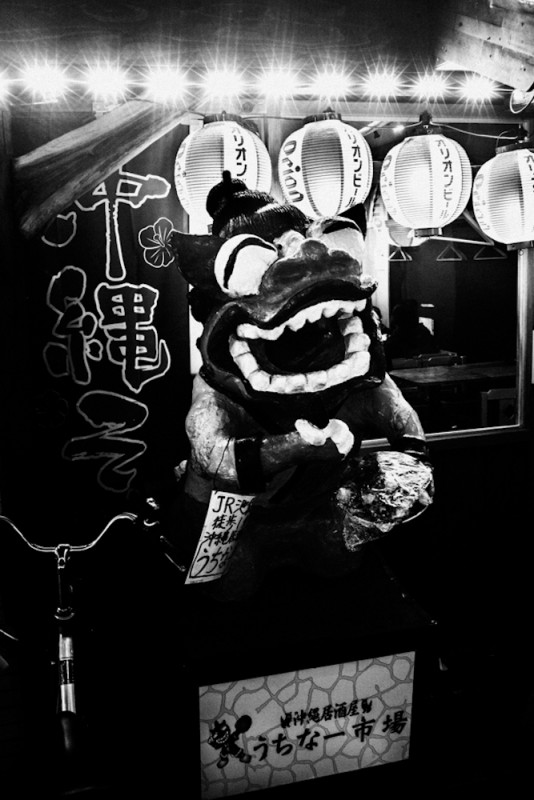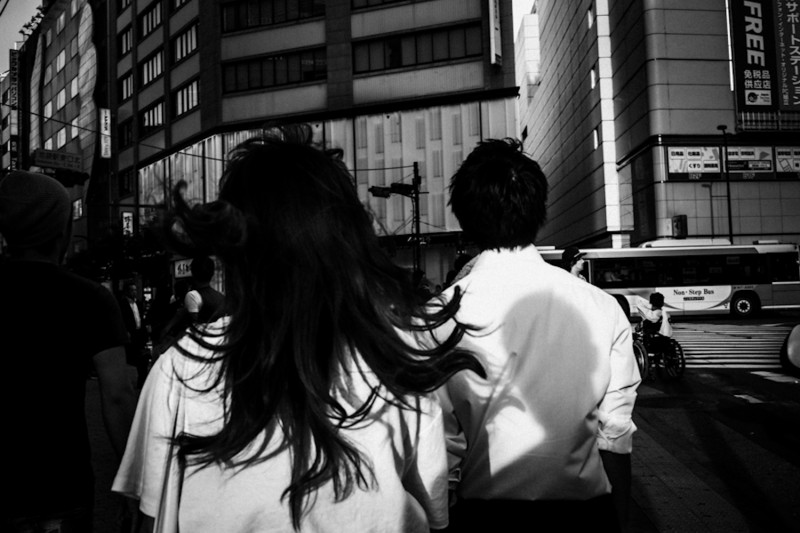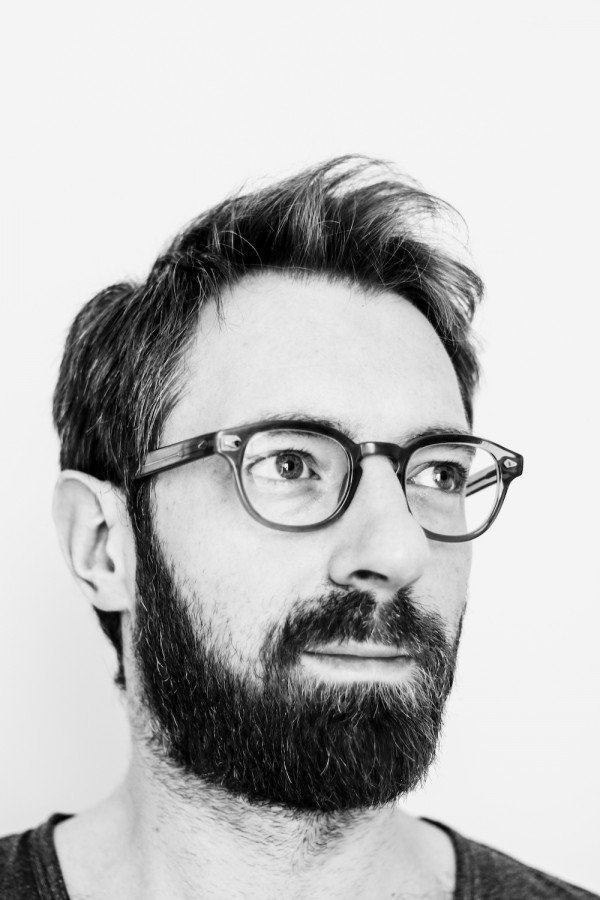Partition Magique
Partition Magique
Clément Paradis
September 20, 2019

Clément Paradis: Partition Magique is about the way everyday life is compartmentalized in the big cities of Japan – for adults, but also for kids, who have a separate world for themselves. I like this word “partition”. In English it means “wall” but in French it means “musical score”; and this ambiguity fits Tokyo and Japan in general, and the bittersweet everyday life Japanese people manage to live within their urban and social labyrinths.
In general, how would you define your own particular photographic approach?
It’s a bit of a provocation; but I like to say that what photography is good at documenting is the confusion in (and of) time and space. I rarely focus on the documentation of precise facts and anecdotes. I like to go with the flow and then try to understand how photography took me from my original position to something else I have to identify. So I use photography as a means to explore and build paths rather than to make statements.
This is why these photographs are more about meeting this world than describing how it functions. Black and white is also good for this because it has honesty: it doesn’t substitute reality. After seeing black and white photographs, you can still go and see the coloured world – it will be different from the representation I made. What I did is just a momentary representation, a partition that can be configured in many ways.
Most of your photographic projects deal with Japanese culture. What is it that fascinates you about it?
Actually I go back and forth. I shoot a lot in Europe and I have many projects here as well. I’m probably more fascinated by the fascination people have for Japan than for Japan itself. I’m also amazed by the fascination that Japanese people have for Japan! But I'm too aware of how tough Japanese culture can be to be fascinated by it.
I enjoy how it makes me think differently about other cultures. The role of representations in Japanese culture is particularly interesting, and photography works in a different way in Japan to the way it does in Europe. I learn a lot when I talk and work with Japanese photographers. We photograph like we construct complex buildings; they photograph like they are singing a well-known song. I don’t see why I shouldn’t do both!
Read the full article with further images in LFI 7/2019.
Clément Paradis+-
Born in 1983, Paradis considers himself a photographer, author, book designer, teacher and learner. He works with both images and words in France and Japan. In 2012 he founded the independent publishing house Timeshow Press. His first monograph, Sound of Midnight, appeared in 2014. Paradis teaches Aesthetics and Photographic Theory at Saint-Étienne University Jean Monnet. More





